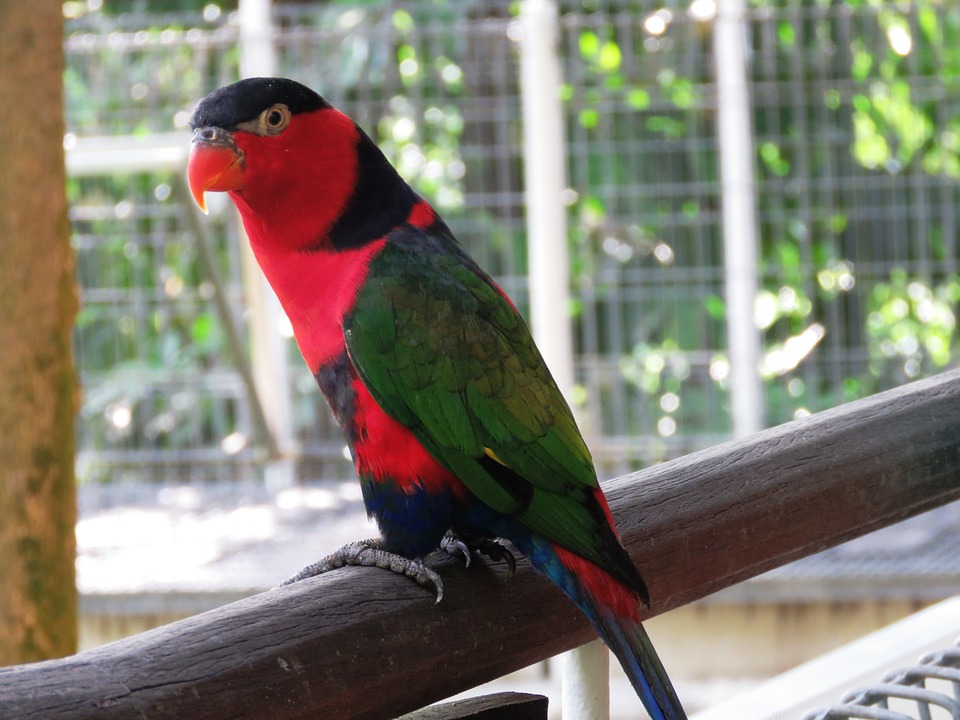Parrots are highly intelligent and social creatures that thrive on mental stimulation and physical activity. One effective way to engage and entertain them is through interactive training toys. These toys not only provide mental enrichment but also help develop their problem-solving skills and strengthen the bond between parrots and their owners. In this article, we will explore various methods to encourage parrots to interact with training toys, as well as address some frequently asked questions regarding parrot training.
Why are training toys important for parrots?
Training toys serve multiple purposes in a parrot’s life. They offer mental stimulation, promote physical exercise, prevent boredom, and provide an outlet for natural behaviors. By engaging with these toys, parrots can enhance their cognitive abilities, improve dexterity, and even learn new skills. Furthermore, training toys give owners an opportunity to bond with their feathered companions while reinforcing positive behaviors.
Choosing the right training toys
When selecting training toys for your parrot, it is crucial to consider their species, size, and individual preferences. Explore a variety of toy types, such as puzzle toys, foraging toys, and puzzle balls, to find what captures your parrot’s interest. Ensure that the toys are made from bird-safe materials, free from any toxic chemicals or small parts that could present a choking hazard.
Introducing training toys to your parrot
Introducing new training toys to your parrot requires patience and a gradual approach. Follow these steps to encourage your parrot to interact with their new toys:
1. Familiarization: Start by placing the toy near your parrot’s cage or play area. Allow them to observe the toy from a distance, letting them grow accustomed to its presence.
2. Positive association: Associate the toy with positive experiences by placing treats or their favorite food near or within the toy. This will pique their curiosity and encourage them to investigate further.
3. Interactive play: Once your parrot is comfortable with the toy’s presence, demonstrate how to interact with it. For example, if it’s a puzzle toy, show them how to manipulate the different parts to uncover hidden treats. Parrots are highly observant and will likely mimic your actions.
4. Encouragement through rewards: Whenever your parrot shows interest in the training toy or makes an attempt to interact with it, reward them with praise, treats, or their favorite form of positive reinforcement. This positive reinforcement will reinforce their desire to engage with the toy.
5. Gradual progression: As your parrot becomes more comfortable and skilled with one training toy, gradually introduce new toys to keep their interest and engagement levels high. Rotate the toys regularly to prevent monotony.
FAQs about Parrot Training
Q1: Why is my parrot not showing interest in training toys?
It’s essential to remember that each parrot is unique, and their preferences may vary. If your parrot is not showing interest in training toys, try offering different toy types or incorporating their favorite treats into the toys to make them more enticing. Observe their behavior and adjust accordingly.
Q2: How often should I change the training toys?
Changing training toys frequently is beneficial to prevent boredom. Aim to introduce new toys every few weeks or when you notice a decrease in your parrot’s enthusiasm towards their current toys. However, always ensure that the parrot has enough time to familiarize themselves with each toy before swapping it out.
Q3: Can older parrots learn to interact with training toys?
Absolutely! Parrots of all ages can benefit from training toys. While older parrots may take slightly longer to adjust to new toys, patience and consistent positive reinforcement will help them develop a keen interest in interactive play.
Q4: Are there any safety considerations when using training toys?
Safety should be a top priority when selecting training toys. Avoid toys with small parts that can be swallowed, ropes that can cause entanglement, or materials that may contain toxic substances. Regularly inspect the toys for wear and tear, and replace them if necessary to prevent any potential hazards.
By incorporating training toys into your parrot’s daily routine, you can provide them with mental enrichment, physical exercise, and an opportunity to strengthen the bond between you and your feathered friend. Remember to choose the right toys, introduce them gradually, and provide positive reinforcement to make the training experience enjoyable for your parrot. Happy training!









